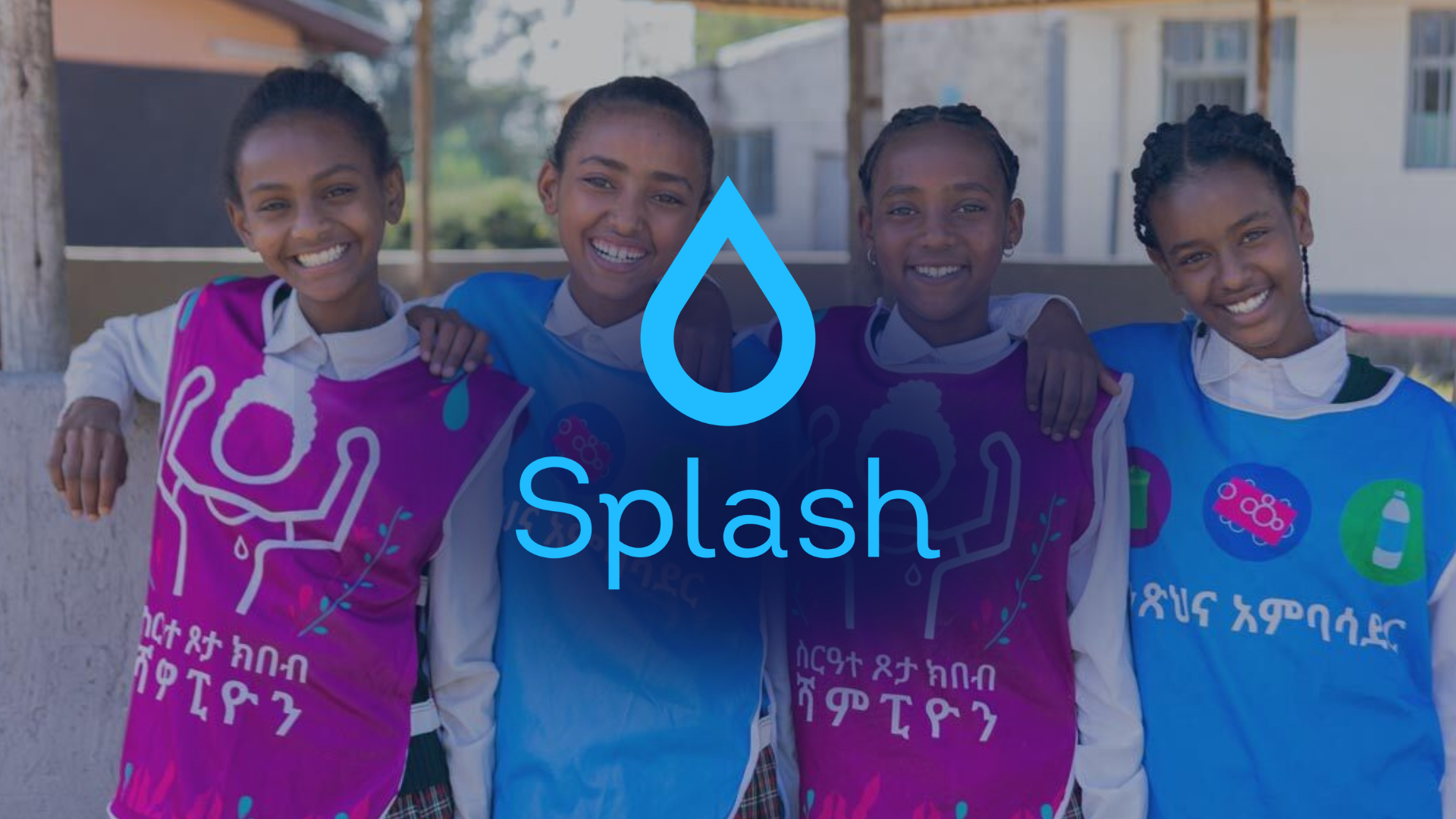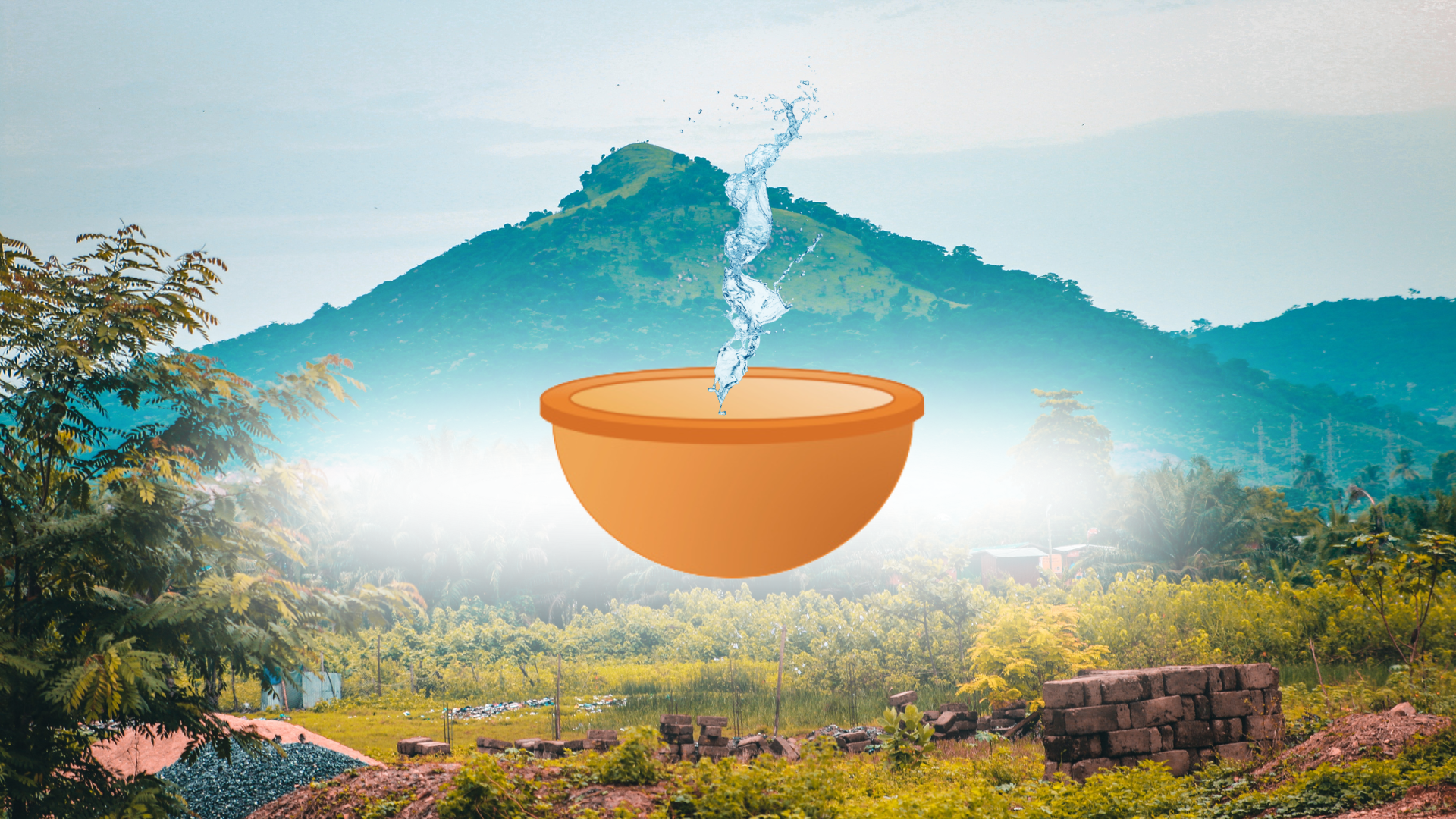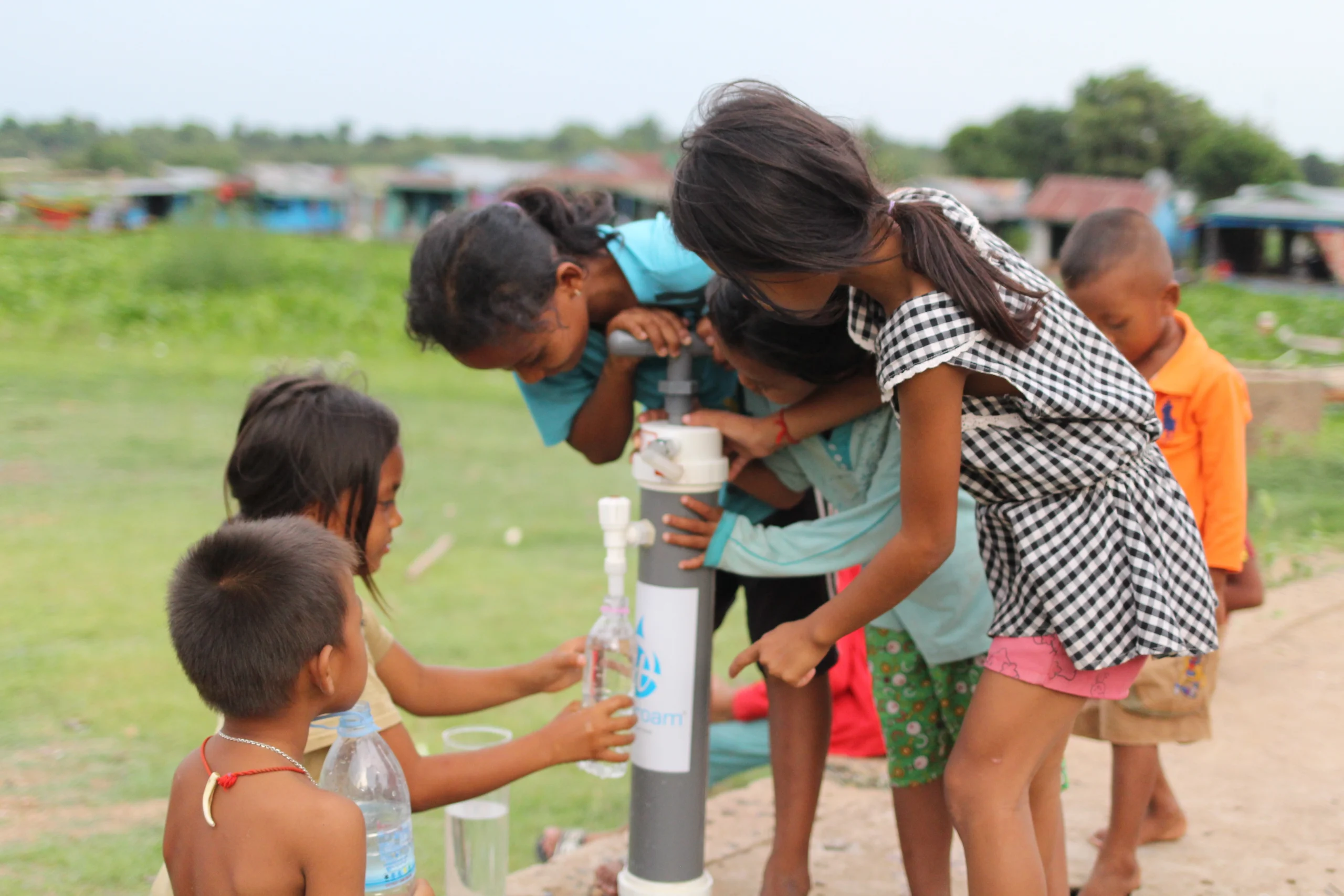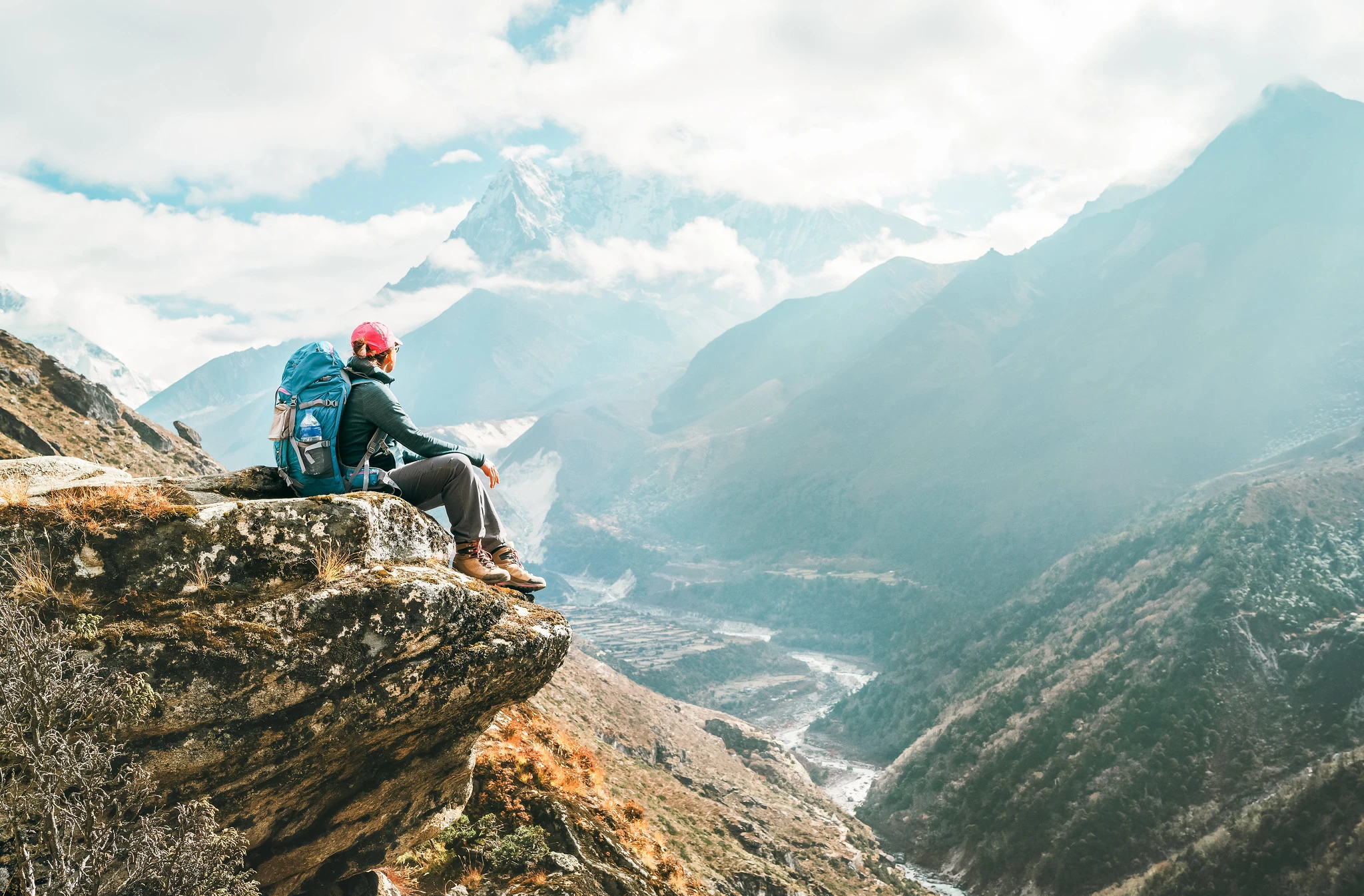Challenges with Water Resources and the Water Crisis in East Africa
By Kate Abernathy
East Africa is an environmentally diverse region that contains many lakes and rivers, including the continent’s largest lake, Lake Victoria, and its longest river, The Nile. Despite all its natural sources, Africa is suffering a water crisis. The majority of the East African population are rural residents, and more than 50% of them lack proper WASH (Water, Sanitation, and Hygiene) indicators. According to the World Meteorological Organization, Africa as a whole is the least responsible for climate change, but experiences the brunt of its effects, and is the least equipped to cope with them.
Effectively managing Africa’s water resources is more complicated than simply gathering and using it. Water in Africa is not just an environmental resource, but a political and socioeconomic one, and requires proper financing, laws, policies, and technology to obtain it.
Boundaries and Infrastructure
One challenge East Africa faces is transboundary water resources. Nature does not care about or acknowledge boundaries, politics, or money, so when neighboring countries with their own governments share water resources, they must either cooperate or compete with each other. Many conflicts have arisen over dams, wells, and rivers. Clans in Kenya, Ethiopia, and Somalia have clashed over lakes and wells, and the Grand Ethiopian Renaissance Dam has caused many disputes between Egypt, Ethiopia, and Sudan.
Boreholes
Much of East Africa’s water supply shortages are because of lack of maintenance of wells and boreholes. A borehole is a manually operated pump that provides clean water. A borehole can supply water to hundreds of people daily—provided they are in working order. The biggest obstacle is not in building more of them, but properly maintaining the existing ones. Most charities focus on drilling new boreholes, but very few efforts go into fixing broken ones, despite repair only costing a fraction of what it does to drill new ones.
Improperly working boreholes means people have to travel further to gather water. This is a physically exhausting job that often falls to women and girls, particularly when the collection time takes longer than 30 minutes. For millions of women and girls, collecting water is a massive disruption of school, work, and domestic chores. Women having to carry water over longer distances also means their families will have less water for drinking, cooking, and bathing, unless she makes multiple trips in one day.

It’s not just women’s income or education that suffers when having to collect water. Carrying water every day—sometimes multiple times a day—takes a toll on the body. Women often collect water in a jerry can or similar container. When full, it holds about 5 gallons and weighs over 40 pounds. These are either carried in the arms or balanced on the head, causing long term damage to the neck and back in addition to overall physical exhaustion. Furthermore, for all the exertion needed to carry 5 gallons, it is often not nearly enough for a family’s daily needs.
Waterborne Diseases
Another problem Africa’s water crisis brings is diseases and infections spread from unsanitary water conditions. These diseases can spread not only from drinking contaminated water, but from bathing and washing with it too. Here are some of the top waterborne diseases in Eastern Africa:
Schistosomiasis
Also called bilharzia, schistosomiasis is caused by parasitic worms carried by a certain type of snail. Infection occurs when the skin comes in contact with contaminated water, and spreads rapidly when infected people urinate or defecate into the water. These parasites burrow into the skin and lay eggs, which typically travel to the intestines, liver, or bladder. Infected children can develop anemia and malnutrition, and prolonged infection can damage internal organs.
Malaria
Malaria is a potentially life-threatening disease that is transmitted to people through infected female mosquitoes. Symptoms include fever, chills, body aches, nausea, and diarrhea. While Malaria can only be transmitted through mosquitoes, Africa’s water supply is crucial to its prevention as mosquitoes breed and lay their eggs in still, shallow water.

Cholera
Cholera is a diarrheal disease that’s spread by consuming contaminated food or water. According to the World Health Organization (WHO), most people have mild symptoms. However, some people develop severe diarrhea and can die if untreated. Cholera is easily treatable and preventable with the proper healthcare and WASH, but inadequate access to clean water leaves many at risk. As of February of 2023, East Africa is facing one of the worst outbreaks in a decade, with most of the cases and deaths occurring in Malawi.
Flooding and Drought
East African countries are experiencing flooding and drought, both of which are equally problematic to Africa’s water crisis. Drought and rainy seasons are normal for this region, but the amounts and frequency are intensifying due to climate change. The past three years have seen some of the worst droughts in decades due to decreased rainfall, leading to food and water shortages as well as the spread of diseases.
Conversely, other areas are experiencing flooding, which is just as devastating to the water supply as drought. For example, WHO reported late 2022 that Sudan has experienced flooding the past four years, with almost half of the country under water. Flooding doesn’t just simply provide water and re-hydrate the land. In fact, heavy flooding after a drought can even more easily wash away crops and soil. Additionally, most farms in the region are not equipped to store water, so they rely on stable weather conditions to supply their crops. Intense flooding also causes latrines to overflow, ruining any fresh water sources.

What Is Being Done to Solve East Africa’s Water Crisis?
There are a few global and regional organizations that help manage water resources. The Building River Dialogue and Governance (BRIDGE) works to promote cooperation between governments. Integrated Water Resources Management (IWRM) promotes sustainable use of water and land. The East African Community (EAC) Climate Change Policy seeks to guide states and stakeholders in adapting to climate change and reduce vulnerability to water and food security.
The effects of climate change are next to impossible to reverse, and the best thing to do is to adapt and reduce the risk of water scarcity. The group Water, Peace, and Security has proposed a tool that monitors rainfall, crops, and political factors. This will help the organization predict and mediate water conflicts before they escalate.
We at Business Connect are committed to enabling water access through water purification and filtration products. If you would like to learn how you can get involved, connect with us or read about our products here.
On this page
Have a story to share in the world of water, sanitation, and hygiene? Connect with our media team today!
Share Your Story




